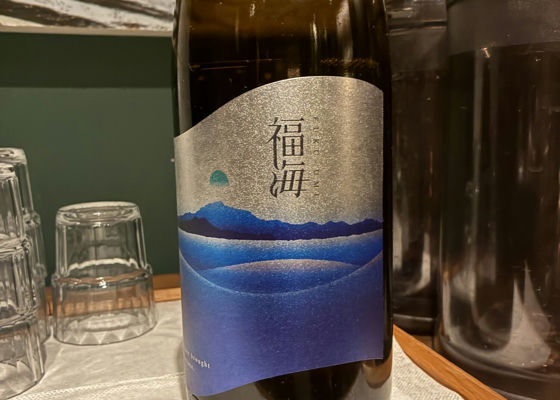
SakenowaRecord your sake experiences and discover your favorites
Timeline

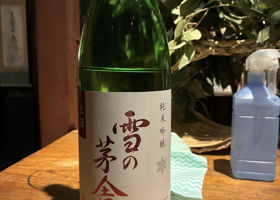
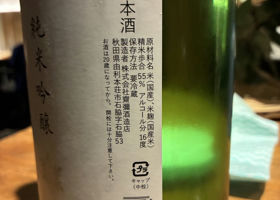
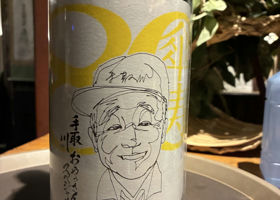
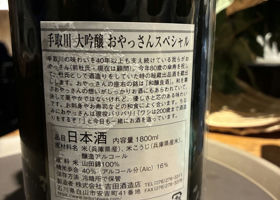
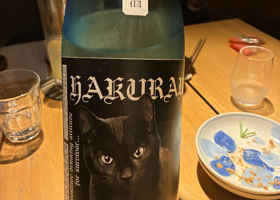
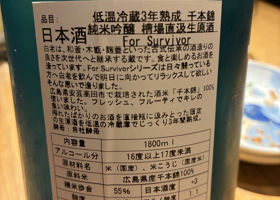
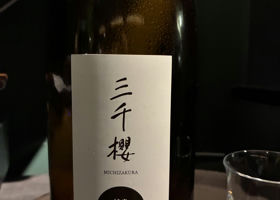

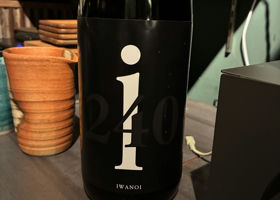

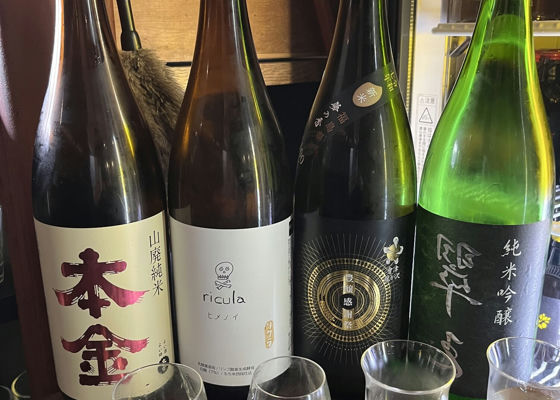
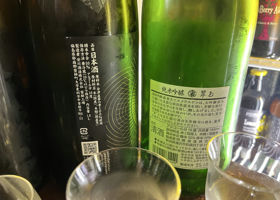
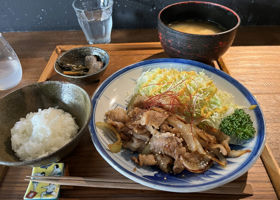
しんしんSY
Auras of the day
A dry type of music, different from the usual Suiyu
I knew it!
I'm sure I'll see you again somewhere.
I'll visit you again when I come back to Tokyo, Mr. Noe!
I'm looking forward to seeing you on SNS!
A full set of hot sake at the entrance!
I'm sure Bessan will be happy to see you!
Mr. O recommended hot sake, but I'm still a cold sake drinker!
Knowledge
Ingredient rice: Akita rice
Alcohol level 16 degrees
Polishing ratio 50%.
Sake degree +3.9
Acidity 1.5
Japanese>English
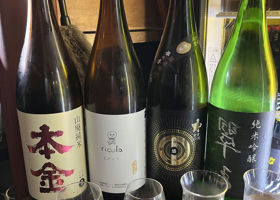
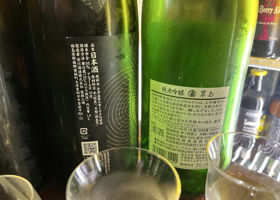
しんしんSY
We're almost out of time.
I poured four bottles.
I'm curious about this black label, too!
I knew I liked it because it was polished up so nicely.
extensive knowledge
100% Aizu grown Yumenokou rice
Polishing ratio 50%.
Alcohol content 16%.
Sake degree -1
Acidity 1.5
Japanese>English
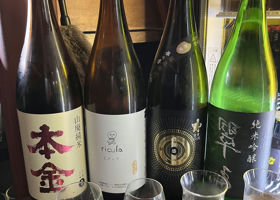
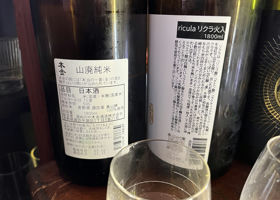
しんしんSY
Licra
Likra is "malic acid," "citric acid," and "lactic acid (lactic acid),
Likra is an acronym for "malic acid", "citric acid", "lactic acid", and "lactic acid (lactic acid)".
I was curious about this sake since it was posted on social networking sites.
This is also a sake to enjoy the acidity 🍶.
knowledge
Alcohol content 13.8
Sake degree -26
Acidity 4.8
Ingredient Rice Gohyakumangoku (domestic), glutinous rice
Rice polishing ratio 65
Japanese>English


しんしんSY
It's quite different from the Honkin Keg Draft I drank the other day.
I'm not a big fan of Yamahagai.
It was the sake of the day with the acidity in the foreground.
Sake, you can experience a lot of things when you drink as much as you want!
knowledge
Rice variety: Miyamanishiki from Suwa
Rice polishing ratio: 59
Alcohol content: 15%.
Japanese>English
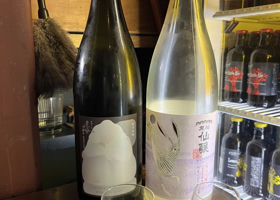
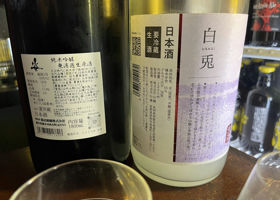
しんしんSY
Kuromatsu Senjo is a Sendai Ami and made its deer🦌 debut this evening!
Again, when you see the rabbit label, you can't help but drink it 🐇.
The aroma is good!
I wonder if it's apple-like 🍎.
See you again, somewhere!
knowledge of this wine
Rice variety Miyamanishiki from Ina Valley, Shinshu
Polishing ratio 55
Yeast Nagano D
Alcohol 16%.
Japanese>English
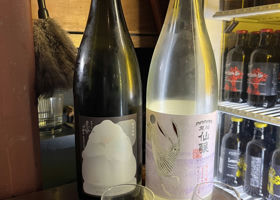
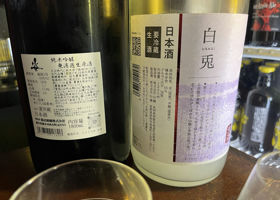
しんしんSY
I found a rare sight 💡.
But this aroma is a bit?
The first impression I had, and even afterwards as I drank more and more, it didn't change
I wonder what it is?
The taste is good, but
It's strange.
I wonder if this is how Aikoku is like.
Let's compare it again when we drink other Aikoku!
knowledge of what it tastes like
Alcohol content 17.5
Rice used: 100% Aikoku No. 3 from Tochigi Prefecture
Rice polishing ratio 55
Yeast used
Sake meter degree ±0
Acidity 1.7
Nama/Hiire Nama
Japanese>English
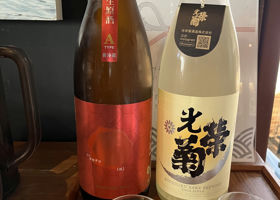
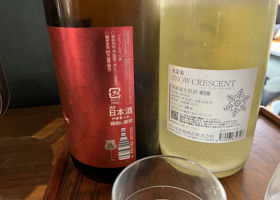
しんしんSY
Snoklé, open your mouth.
I'm satisfied.
I got it again this year!
And for the second time.
I wonder if we'll see more of them this year!
A representative of pizzicchoucie!
a great deal of knowledge
Alcohol 14%.
Rice used: 100% Yamadanishiki
Rice polishing ratio
Sake degree -
Japanese>English
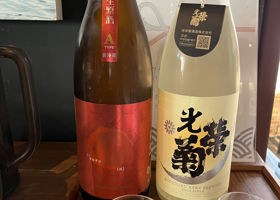
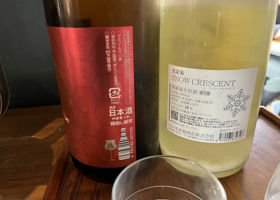
しんしんSY
A bright red label bottle was hidden in the back!
I found it!
The theme of the Shin Takachiyo series seems to be "Hiruza Kake Exclusive Nihonshu"!
Low al banzai 🙌!
a little bit of knowledge
Rice used: "Ipponshime" from Uonuma, Niigata Prefecture
Polishing 65
Specified name sake, etc. Nama-shu
Degree of alcohol content 12
Japanese>English
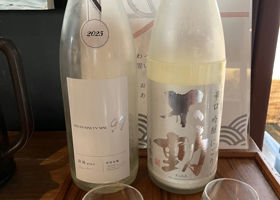
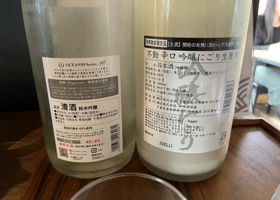
しんしんSY
This cloudy wine was not stirred on purpose and the top clearings were served.
It is very dry.
It's interesting to compare it with Kangiku 🤣.
Skandhavn
Rice:Fukuokogane
Rice polishing ratio: 60
Sake degree: +7
Alcohol content: 18%.
Japanese>English
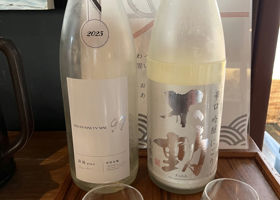
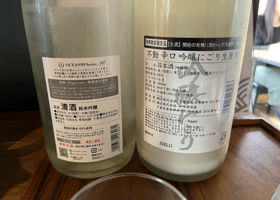
しんしんSY
I received a white silver sea a while ago, and this time I found a silver sea at Kokoro no Ie 🌊💡.
There are only a few left!
Let's drink it!
This one is not cloudy, but it is a delicious sake with a fruity sweetness!
There are still more interesting things on the second floor!
I have to be careful not to step off the stairs!
extensive knowledge
Alcohol content: 15
Rice used for brewing:Rice suitable for sake brewing
Rice polishing ratio: 55
Condition: Nama-shu
Japanese>English
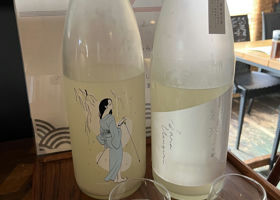
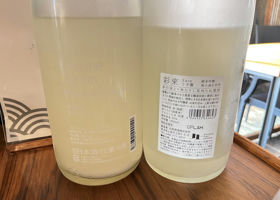
しんしんSY
Comparison of Nigori-shu (cloudy sake)
This one had a stronger sweetness.
Both are good but 😋.
knowledge
Polishing ratio - 50%.
Sake degree ... Unknown
Acidity ... 1.7
Alcohol content・・・・15
Japanese>English
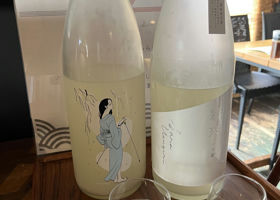
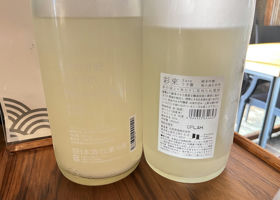
しんしんSY
Mr. Noguchi, the owner of
Recently, new arrival information is being sent out on social networking sites every day.
I wondered if it was still there.
I went upstairs and found it!
And there was a cloudy sake I was curious about!
I already had it this year in Hakodate, but I'll have to try it again!
Delicious!
I'm curious about the other one too 🫣.
knowledge
Rice polishing ratio】SECRET
Rice used to make the rice is SECRET.
Benten spring water
Alcohol content】14.5%.
Yeast] Undisclosed
Sake meter】Not disclosed
Acidity】Not disclosed
Japanese>English
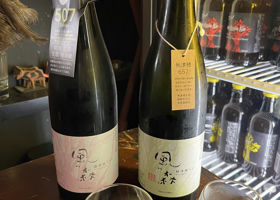
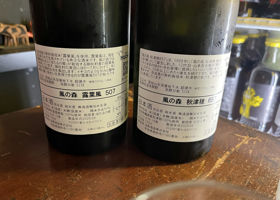
しんしんSY
Kaze no Mori had several bottles of these two types!
They must have been bought in bulk.
Akitsuho 657 has more spreading sweetness.
But at the end, a little bitterness peeks out.
Rohafu and Akitsuho
It reminded me of Nara, where I visited this spring!
When can I go there again?
my knowledge of the city
Rice used: "Akitsuho" from Nara
Polished 65
Specified name sake, etc. Nama-shu
16% alcohol by volume
Japanese>English
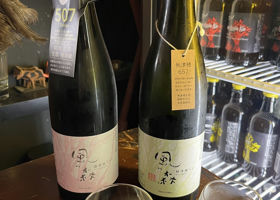
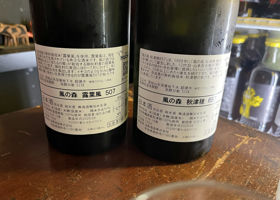
しんしんSY
Work in Kawadacho
Then let's stop by!
Dear Mr. O
Mr. O came from Sapporo?
We were so happy to hear that!
I looked into the cold storage room and was told that they had a variety of goods.
There was a forest of wind, so I'm going to enjoy it from now on!
dewy leaf wind 507
It's a beautiful sake!
It's sweet and tasty with no bitterness!
I feel at home when I come back to my home ground.
It's the kind of place I want to visit once in a while!
extensive knowledge
Rice used: "Rohafu" from Nara Prefecture
Polishing ratio 50%.
Specified name sake, etc. Nama-shu
16% alcohol by volume
Japanese>English